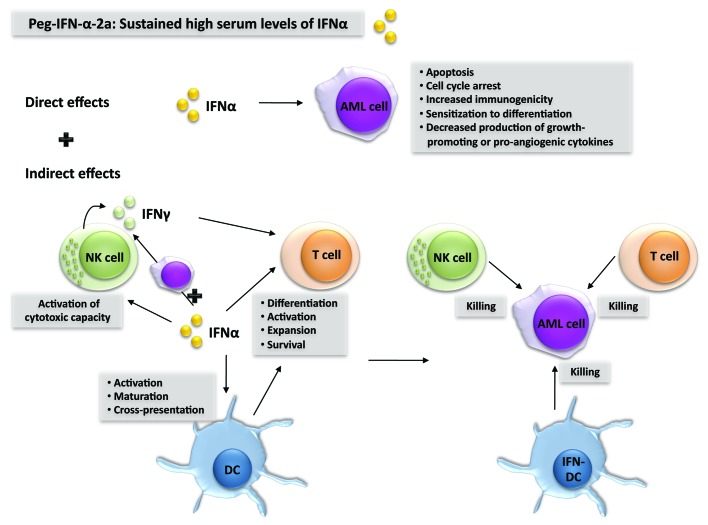Figure 1. Biological rationale behind the use of interferon α to treat acute myeloid leukemia. Interferon α (IFNα) can exert direct as well as indirect anticancer effects against acute myeloid leukemia (AML) cells. Indirect antineoplastic effects stem as IFNα stimulates dendritic cells (DCs), natural killer (NK) cells and T cells to exert antileukemic functions. By using pegylated (peg)-IFNα, sustained high serum levels of IFNα can be achieved, which is probably a prerequisite for the success of such an immunotherapeutic regimen against AML.

An official website of the United States government
Here's how you know
Official websites use .gov
A
.gov website belongs to an official
government organization in the United States.
Secure .gov websites use HTTPS
A lock (
) or https:// means you've safely
connected to the .gov website. Share sensitive
information only on official, secure websites.
